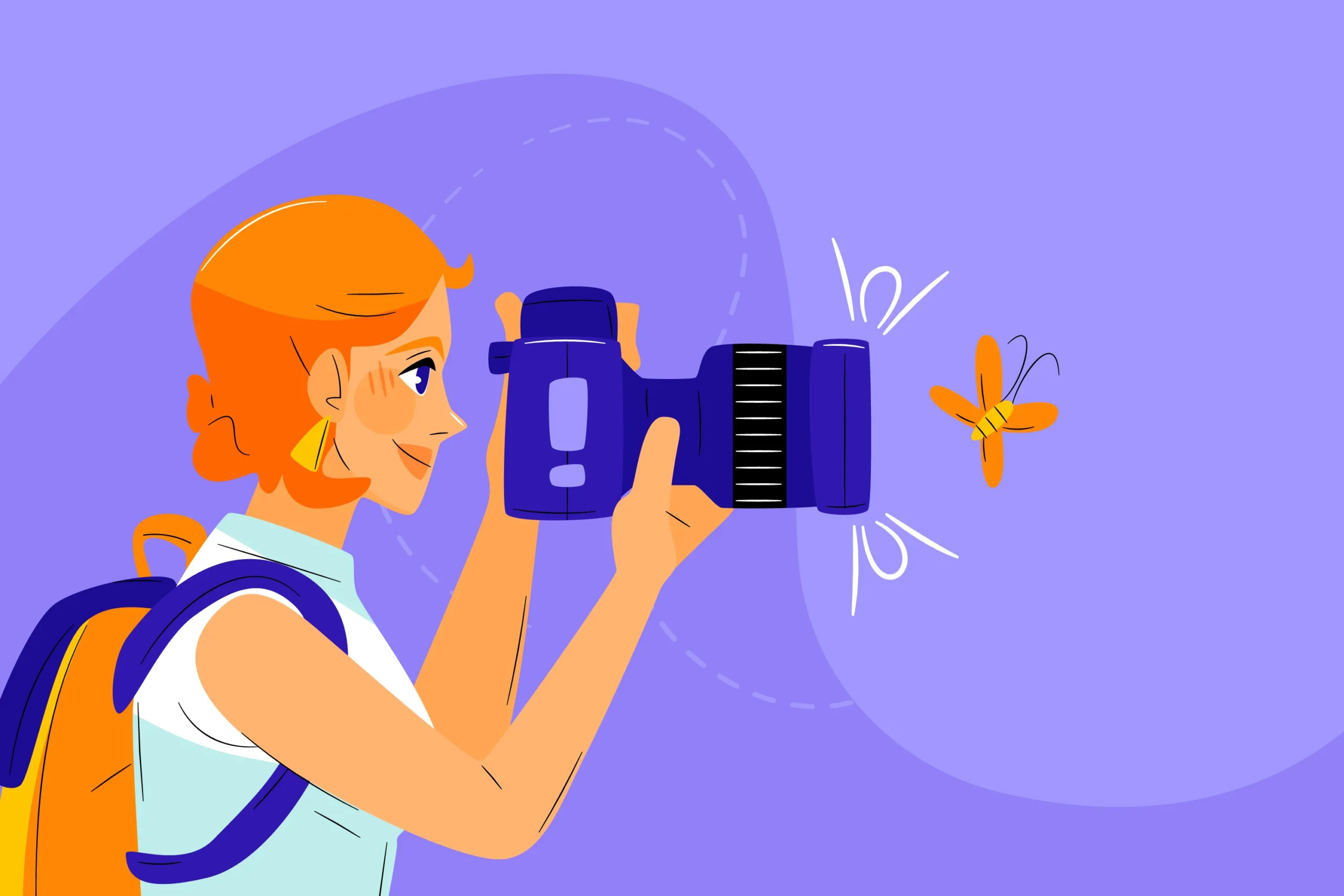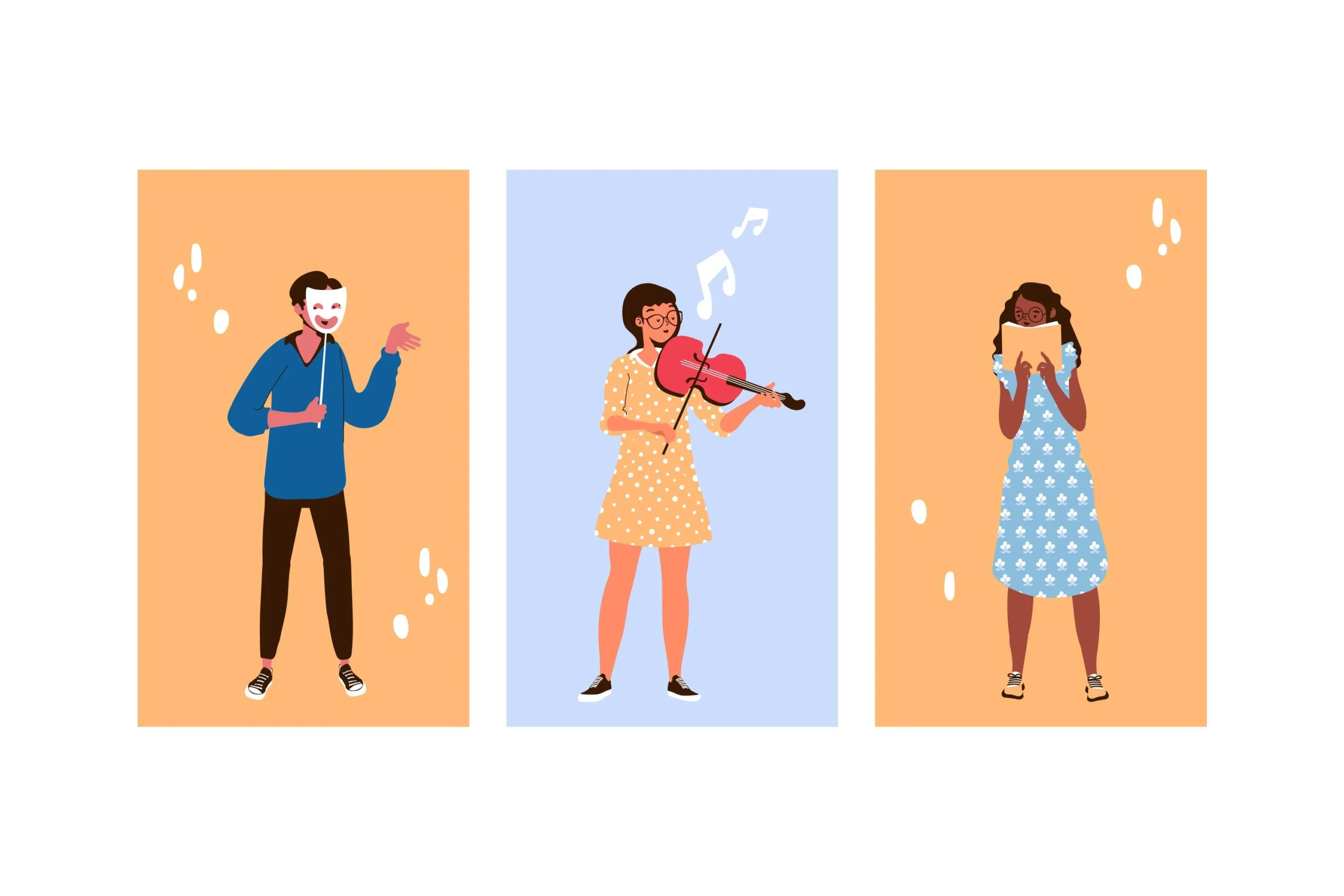Introduction
Photography is more than just pointing a camera and clicking a button; it is an art form that requires practice, creativity, and a deep understanding of various technical and artistic principles. Whether you are a beginner or an experienced photographer, there is always room to improve your skills and develop your unique style. This article will explore practical tips and techniques to help you enhance your photography skills and capture stunning shots.
Understanding the Basics of Photography
Before diving into advanced techniques, it is crucial to have a solid grasp of the fundamental principles of photography.
Master Your Camera Settings
To take great photos, you need to understand your camera settings and how they affect your images. Key settings to learn include:
- Aperture: Controls the amount of light that enters the camera. A lower f-number (e.g., f/2.8) allows more light in and creates a shallow depth of field, while a higher f-number (e.g., f/16) allows less light and provides a greater depth of field.
- Shutter Speed: Determines the duration the camera’s sensor is exposed to light. A fast shutter speed (e.g., 1/1000s) freezes motion, while a slow shutter speed (e.g., 1/30s) can create motion blur.
- ISO: Adjusts the camera’s sensitivity to light. A lower ISO (e.g., 100) is ideal for bright conditions, while a higher ISO (e.g., 3200) is useful in low-light settings but may introduce noise.
Learn the Rule of Thirds
The rule of thirds is a fundamental composition technique that can instantly improve your photos. Imagine your frame is divided into nine equal sections by two horizontal and two vertical lines. Position the subject of your photo along these lines or at their intersections to create a more balanced and engaging image.
Practice with Different Photography Styles
Exploring various styles of photography can help you discover your interests and improve your overall skills.
Experiment with Landscape Photography
Landscape photography is about capturing the beauty of natural or urban environments. To excel in this style, pay attention to lighting, especially during the golden hours (shortly after sunrise and before sunset), and use a tripod to maintain stability for long exposures.
Try Portrait Photography
Portrait photography focuses on capturing the personality and emotion of a subject. Mastering this style requires understanding lighting, posing, and how to create a comfortable environment for your subject to relax and express themselves naturally.
Explore Street Photography
Street photography is a candid style that captures everyday life in public spaces. It requires quick reflexes, keen observation skills, and the ability to anticipate moments. Practice shooting in different locations and learn to blend into your surroundings.
Invest in the Right Equipment
While skill and creativity are paramount, having the right equipment can enhance your ability to take high-quality photos.
Choose the Right Camera
Different cameras are suited to different types of photography. Decide whether a DSLR, mirrorless, or point-and-shoot camera is best for your needs. For example, a DSLR or mirrorless camera provides greater control over settings and is ideal for professional photography.
Use Quality Lenses
Investing in good lenses is often more important than upgrading your camera body. A prime lens with a wide aperture (e.g., 50mm f/1.8) is excellent for portraits, while a zoom lens (e.g., 70-200mm) is versatile for sports or wildlife photography.
Consider Additional Accessories
Accessories like tripods, external flashes, and filters can significantly enhance your photography. A tripod ensures stability for long exposures, while a polarizing filter can reduce glare and enhance color saturation.
Develop Your Eye for Composition
Composition plays a crucial role in creating visually appealing photographs. Developing your eye for composition involves understanding how to arrange elements within a frame.
Use Leading Lines
Leading lines are lines within an image that lead the viewer’s eye toward the main subject. These can be roads, rivers, fences, or even shadows. Incorporating leading lines can add depth and guide the viewer through the photo.
Frame Your Subject
Framing involves using elements within the scene to create a natural frame around your subject. This technique can draw attention to the main subject and provide a sense of depth.
Play with Perspectives
Changing your perspective can dramatically alter the impact of a photograph. Experiment with shooting from different angles, such as getting low to the ground or shooting from a higher vantage point, to add variety and interest to your images.
Understand the Importance of Lighting
Lighting is one of the most critical aspects of photography. Learning how to use and manipulate light will greatly enhance your photos.
Work with Natural Light
Natural light is versatile and can create stunning photographs. Learn to recognize the different qualities of natural light, such as soft, diffused light on a cloudy day or the warm, directional light during the golden hour.
Use Artificial Light Creatively
Artificial lighting, such as studio lights, flashes, or continuous LED lights, offers greater control over the light source. Experiment with different lighting setups to create mood and depth in your photographs.
Edit Your Photos to Perfection
Post-processing is a vital step in photography that allows you to enhance your images and bring out their full potential.
Choose the Right Editing Software
Editing software like Adobe Lightroom, Photoshop, or free alternatives like GIMP provides powerful tools to adjust exposure, contrast, saturation, and more. Learning these tools can help you refine your images and correct any mistakes.
Learn Basic Editing Techniques
Start with basic editing techniques, such as cropping, adjusting exposure and contrast, and color correction. These fundamental adjustments can significantly improve your photos and make them more visually appealing.
Practice, Practice, Practice
Improving your photography skills requires consistent practice. The more you shoot, the better you will understand your camera, lighting, and composition.
Set Regular Photography Challenges
Create challenges for yourself, such as taking a photo every day, experimenting with new techniques, or capturing a specific theme. This practice helps you push your boundaries and discover new styles.
Analyze Your Work
Review your photos critically and identify areas for improvement. Consider joining photography groups or forums where you can receive constructive feedback from fellow photographers.
Conclusion
Improving your photography skills is a journey that involves mastering your camera, experimenting with different styles, investing in the right equipment, and continuously practicing. By understanding the basics of composition, lighting, and editing, you can elevate your photography to new heights. Remember that every great photographer started as a beginner, and the key to growth lies in practice, patience, and passion. Whether you are shooting with a smartphone or a professional camera, there are always ways to improve your skills and create stunning, memorable images.


